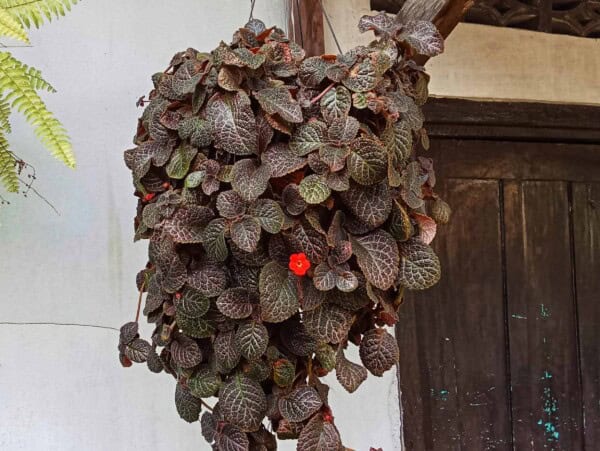Are you ready to talk plants—more specifically—succulents? As you’ve surely noticed, these small plants are incredibly popular, often times you need to know how to revive a succulent when it begins to wither. There are lots of misconceptions out there about how to take care of them properly. Even more confusing? What to do if your precious succulent starts to wilt?
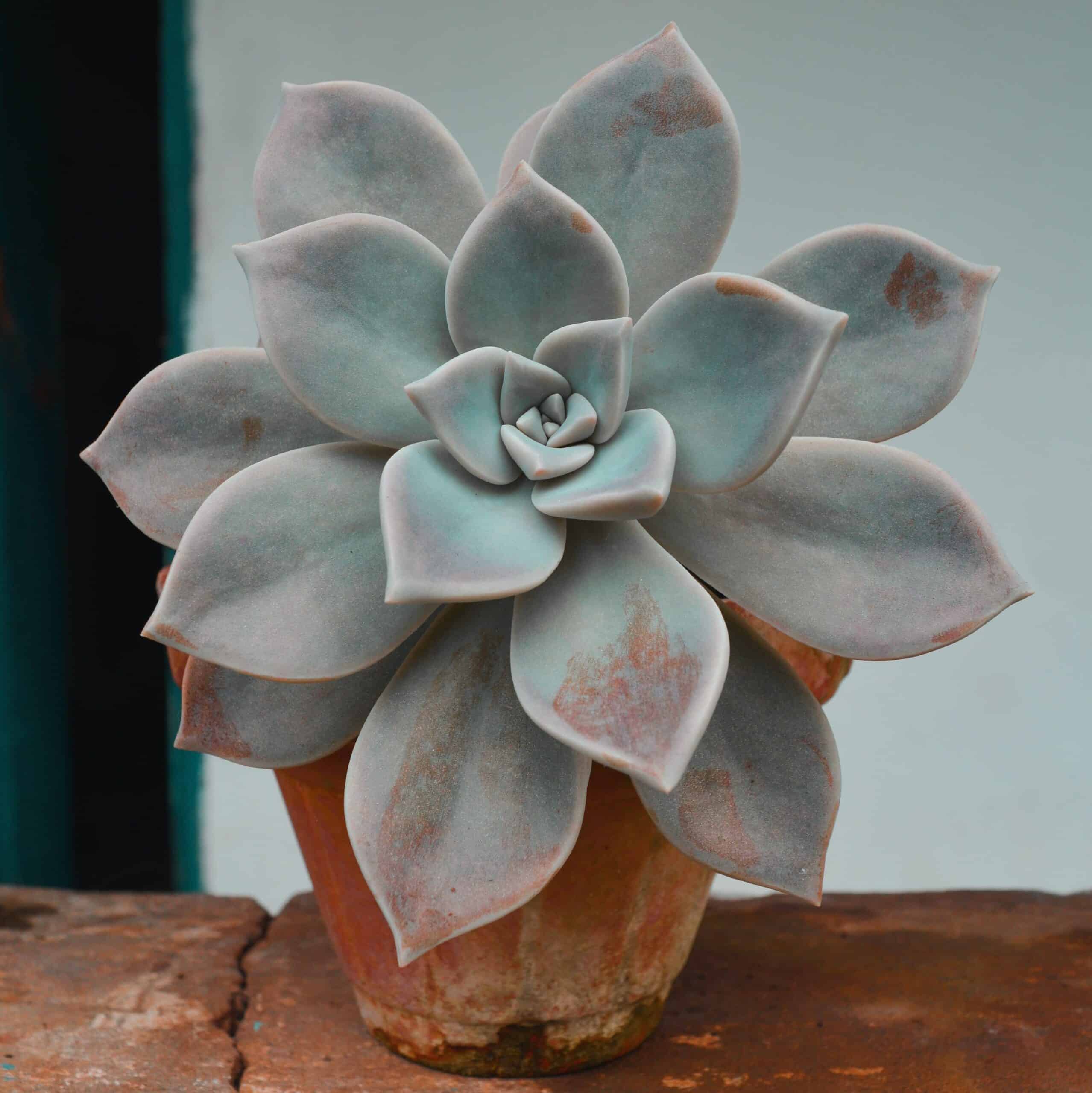
Low maintenance requirements are one of the most common reasons that people decide to grow succulents over other popular small plants. You can have indoor succulents or outdoor succulents: as long as all of the succulent needs are taken care of. More on those in a sec.
Of course, if you’re reading this, I think it’s fair to assume that you already own one or more of these plants. They might be low-maintenance, but that doesn’t mean these plants are worry-free. In fact, there are a few different issues you may run into. Let’s make sure you avoid them.
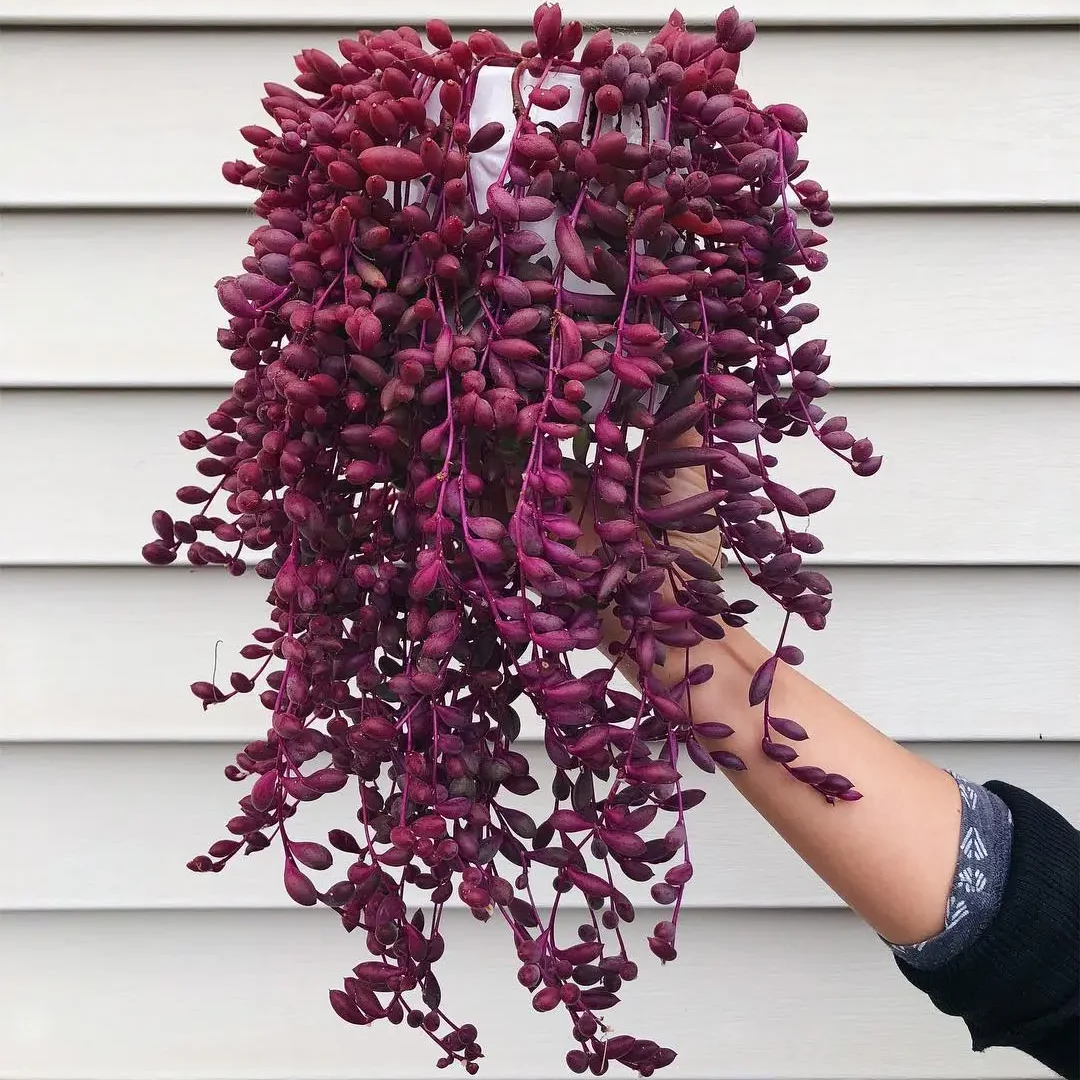
To help you overcome these challenges, I’ve gathered a comprehensive list of tricks on how to revive a succulent when things go south. Whether you have outdoor or indoor plants, you can use these simple steps to help your succulents flourish. Let’s dive in.
Table of Contents
- How to Revive a Succulent by Looking at the Leaves
- How to Tell if Your Succulent Needs More or Less Water
- Does your succulent have enough light?
- How to Revive a succulent Based on its Water Needs
- Getting the Perfect Placement
- Setting Your Succulent Up for Success
- Other Potential Problems and How to Solve Them
- A Simple Summary of How to Revive a Succulent
- Frequently asked questions about how to revive a succulent
How to Revive a Succulent by Looking at the Leaves
Having the ability to make a proper diagnosis is extremely important when you’re learning how to revive a succulent.
Fortunately, an easy way to diagnose potential issues with your plant is by looking at the leaves. Assuming it’s still alive, there should be obvious signs of life. However, the condition of the leaves themselves should give you a clue to work from moving forward.
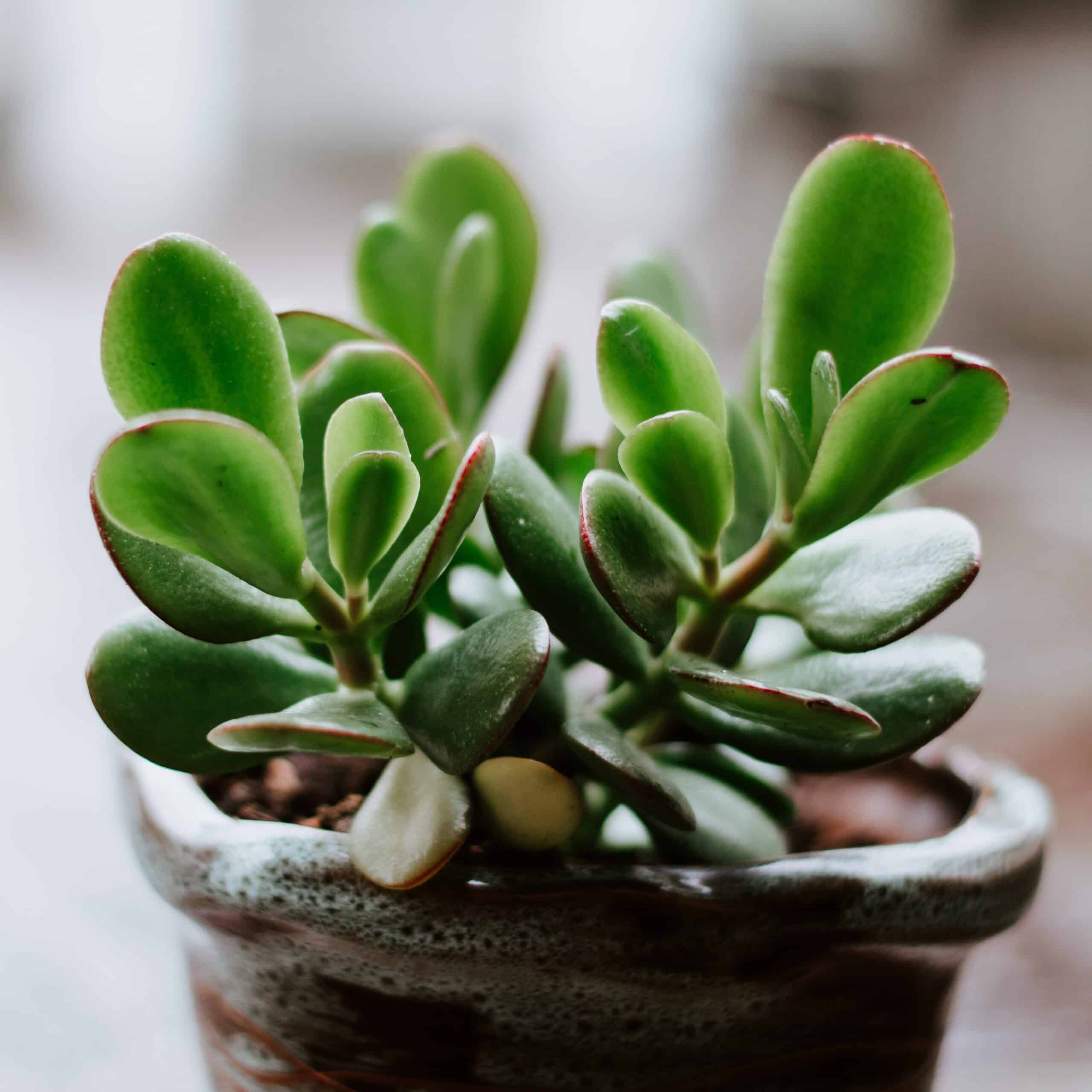
How to Tell if Your Succulent Needs More or Less Water
Mushy or soft leaves on your plant indicate overwatering. If the stem is rotting as well you can be sure your succulent got too much water. The leaves on an overwatered plant could also be brown, translucent, falling off, or even wrinkled. Wrinkly leaves are also common on under-watered plants, but you can tell the difference based on whether or not the leaves are mushy. Mushy leaves mean too much water!
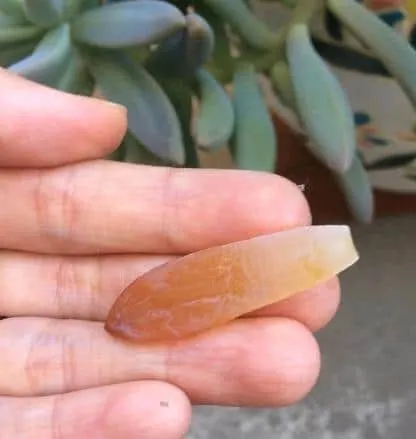
Beyond looking wrinkly, underwatered leaves will appear shrunken and be extremely dry. You may even notice them starting to turn yellow. When you’re trying to diagnose your plant’s issues the best way yellow leaves can be a helpful sign.
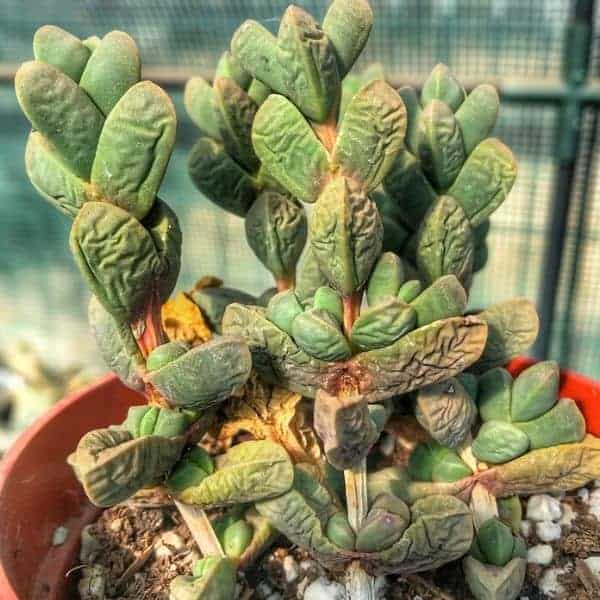
Does your succulent have enough light?
However, it’s definitely not a one-size-fits-all solution. Yellow leaves could also indicate that your plant just needs more sunlight, or even that you’re overwatering your plants. As such, you should think of yellow leaves as confirmation that there’s an issue, not as an indication of a specific problem.
Lastly, root rot and pests are two common problems you could be running into. Root rot is fairly easy to identify if it reaches the leaves, as your leaves will have unsightly black spots on them.
Pests can be a bit harder to identify, as different pests will leave behind different signs. However, if you see white spots, bumps, or the bugs themselves, it’s fair to assume that you have a pest problem!
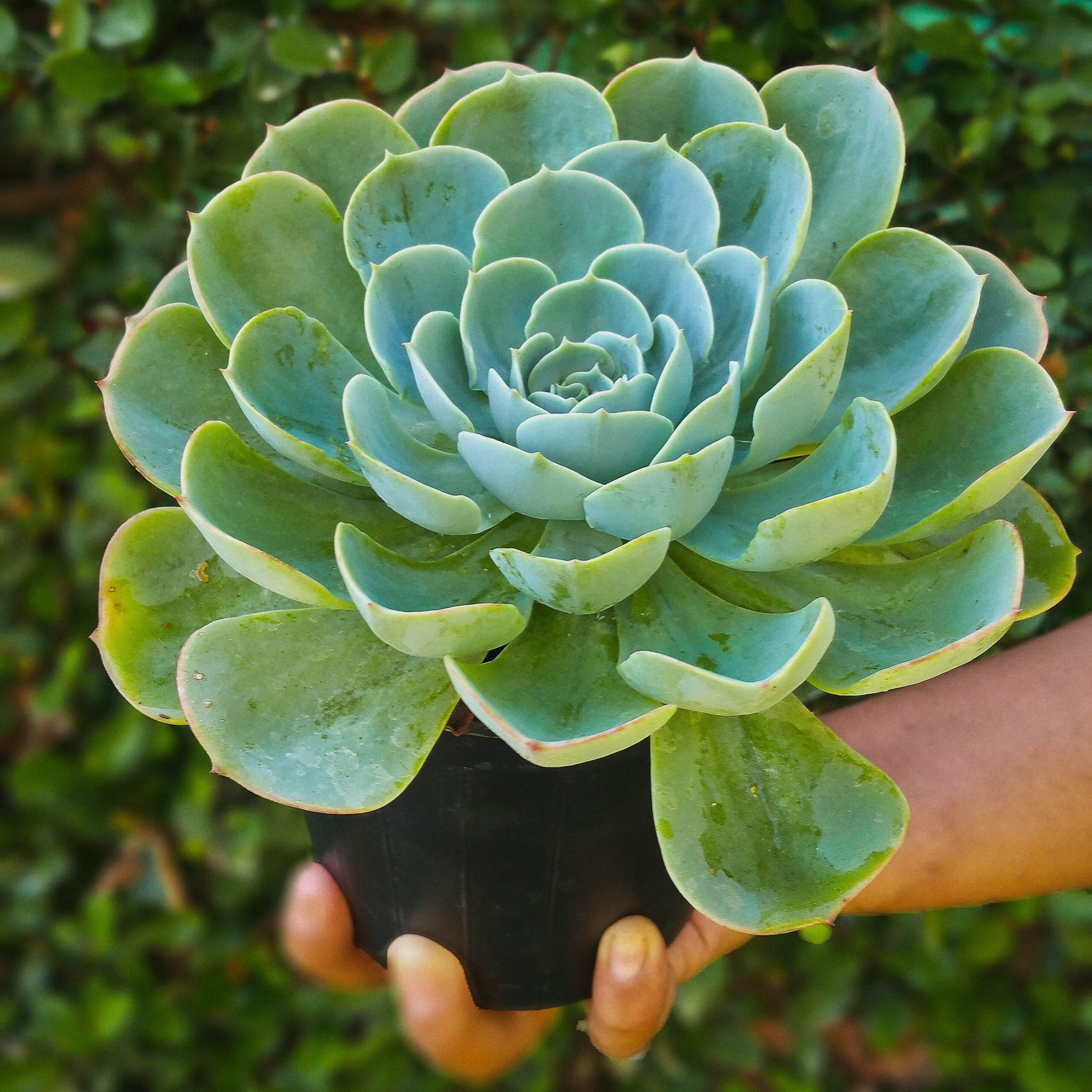
When it comes to figuring out how to revive a succulent plant, the most important part is correctly identifying the issue(s) at hand. While many signs your plant is having an issue can apply to multiple scenarios, you should be able to figure it out if you look close enough.
With these potential indicators in mind, let’s move on to the solutions. After all, that’s what we are here for,
How to Revive a succulent Based on its Water Needs

Improper watering is one of the most common issues plant parents run into. It’s easy to overwater these plants, as these drought-tolerant plants require much less water than most of the other plants you may already have.
On the other hand, trying to not water them too much can lead to under-watering. Ultimately, it’s up to you to find the perfect balance for your specific plant(s). Remember, not all succulents have the same requirements, so a bit of research may be required!
Here’s How to Fix a Bought of Succulent Underwatering
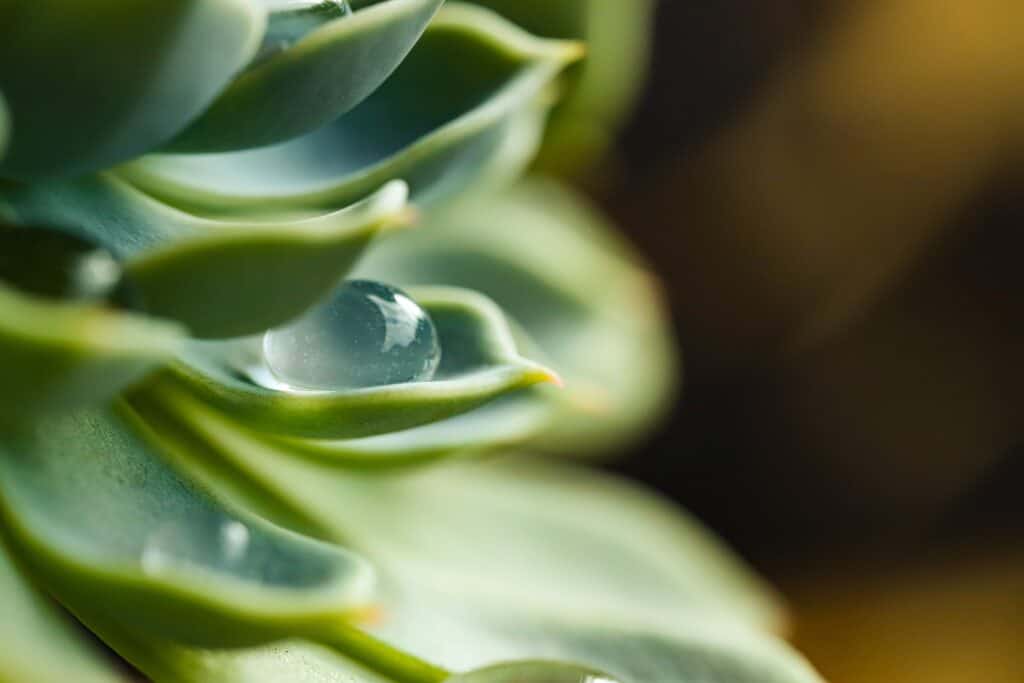
So, you’ve identified underwatering as the main issue and now you want to know how to revive a succulent. The good news? It’s an easy fix! You simply need to make sure your underwatered succulent has enough water moving forward.
Start by giving the soil a good soak, ensuring that it’s wet all the way through. Ideally, you’ll want to water the plant until the excess water begins to seep through the drainage holes at the bottom of the pot.
Once that’s done, just place the plant in a location with sufficient indirect light and leave it alone. Depending on the plant, your succulent will need to be watered every one to two weeks.
I recommend waiting until the soil has dried before watering it again to avoid overwatering. You can check the soil with your finger, or simply stick a skewer into the soil. If it comes out clean and dry then it’s time to water your plant!
How to Remedy Succulent Overwatering
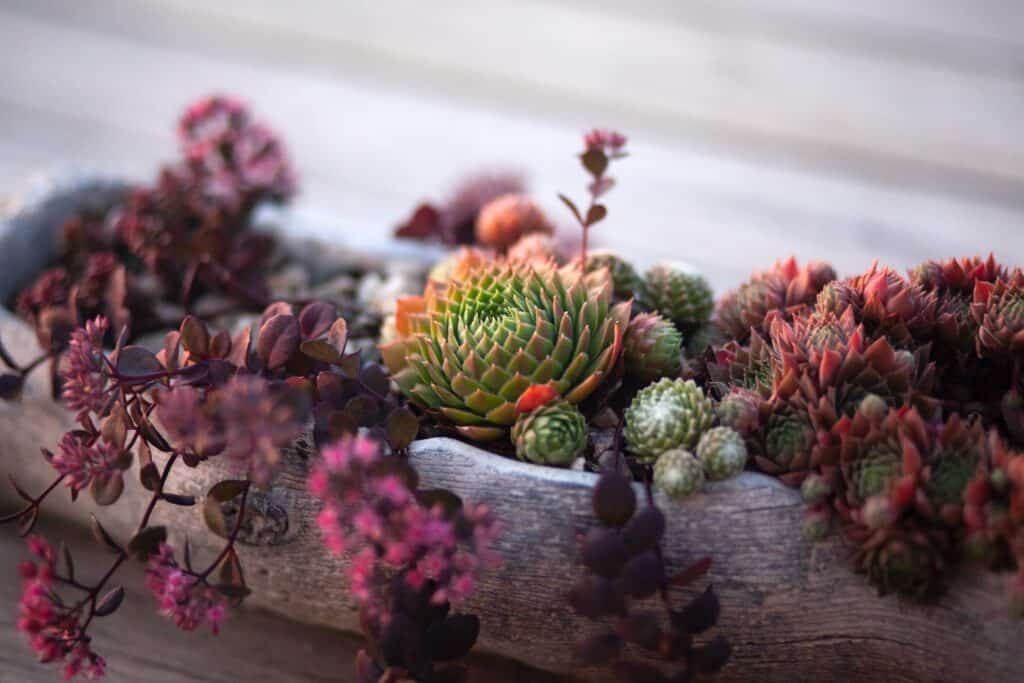
Overwatering your succulents is another common issue that plant parents run into. These plants require much less water than many of your other favorite indoor plants, making it easy to do.
When trying to determine how to revive a succulent that has too much water, you’ll first want to ensure you’re using a well-drained soil and a pot with drainage holes. With that out of the way, take a close look at the plant.
Does it have any black spots or root rot? If so, you’ll need to cut this off. Take a sharp knife, dip the blade in alcohol, and use this to remove any rot.
From here, let the plant dry out for three to five days, ensuring adequate light and air circulation during this time period. Once that’s done, you can safely transplant the succulent, rot-free!
If you’re lucky, your overwatered succulent won’t have any rot yet. In that case, treatment is as easy as watering your plant less! Like above, wait until the soil is dry before watering your plant again.
Getting the Perfect Placement

Although it may be tempting to make your succulents a mainstay in your center table decor, doing so might not be the best idea. A plant that’s not getting enough light—or getting too much light— simply won’t look very good and begin to wilt.
There are also the temperatures to consider. Fortunately, both of these issues are fairly easy to address! Here’s what you need to know.
How to Revive a Succulent with the Right Temperature
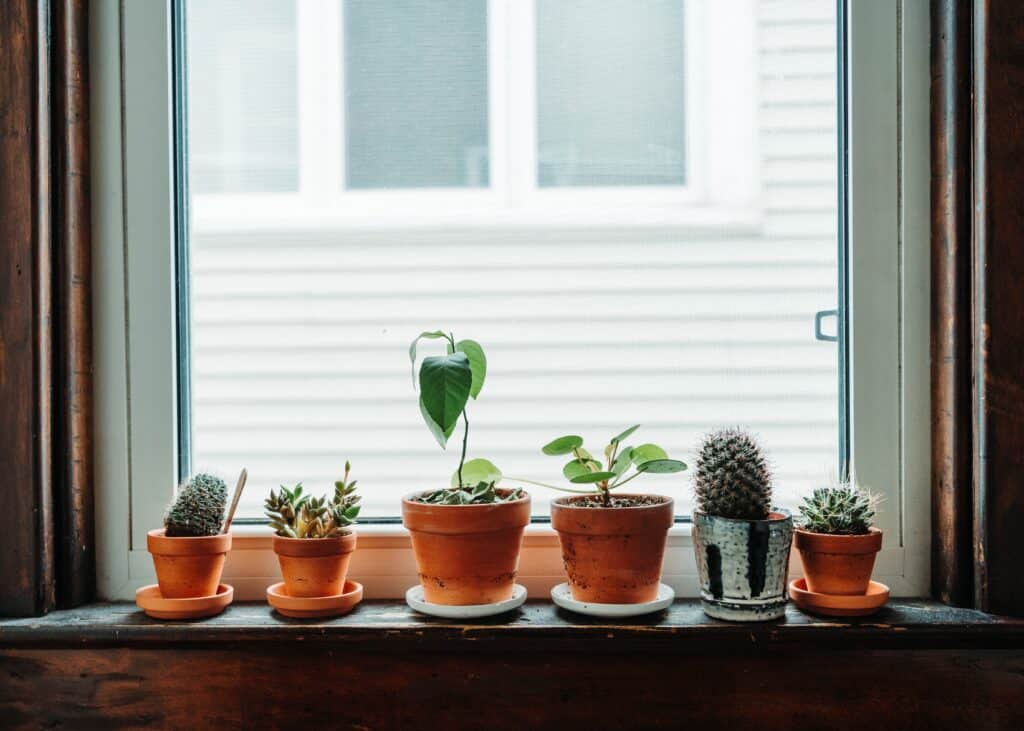
While exact limitations vary from plant to plant, most succulents thrive in temperatures from 60 to 80°F. Some plants can even survive in heat up to 90°F, or temperatures as low as 40°F. You should do some research to find out the temperature tolerances of your plant(s).
You might be thinking that this temperature range sounds pretty normal, and you’d be right… if you’re inside! When sitting on a coffee table or placed on a corner shelf indoors, temperatures are pretty easy to manage.
However, if your plant is outside then it’s much more susceptible to unexpected and drastic temperature changes. Although excess heat isn’t ideal, your plant will likely come out unscathed, making this less of a concern.
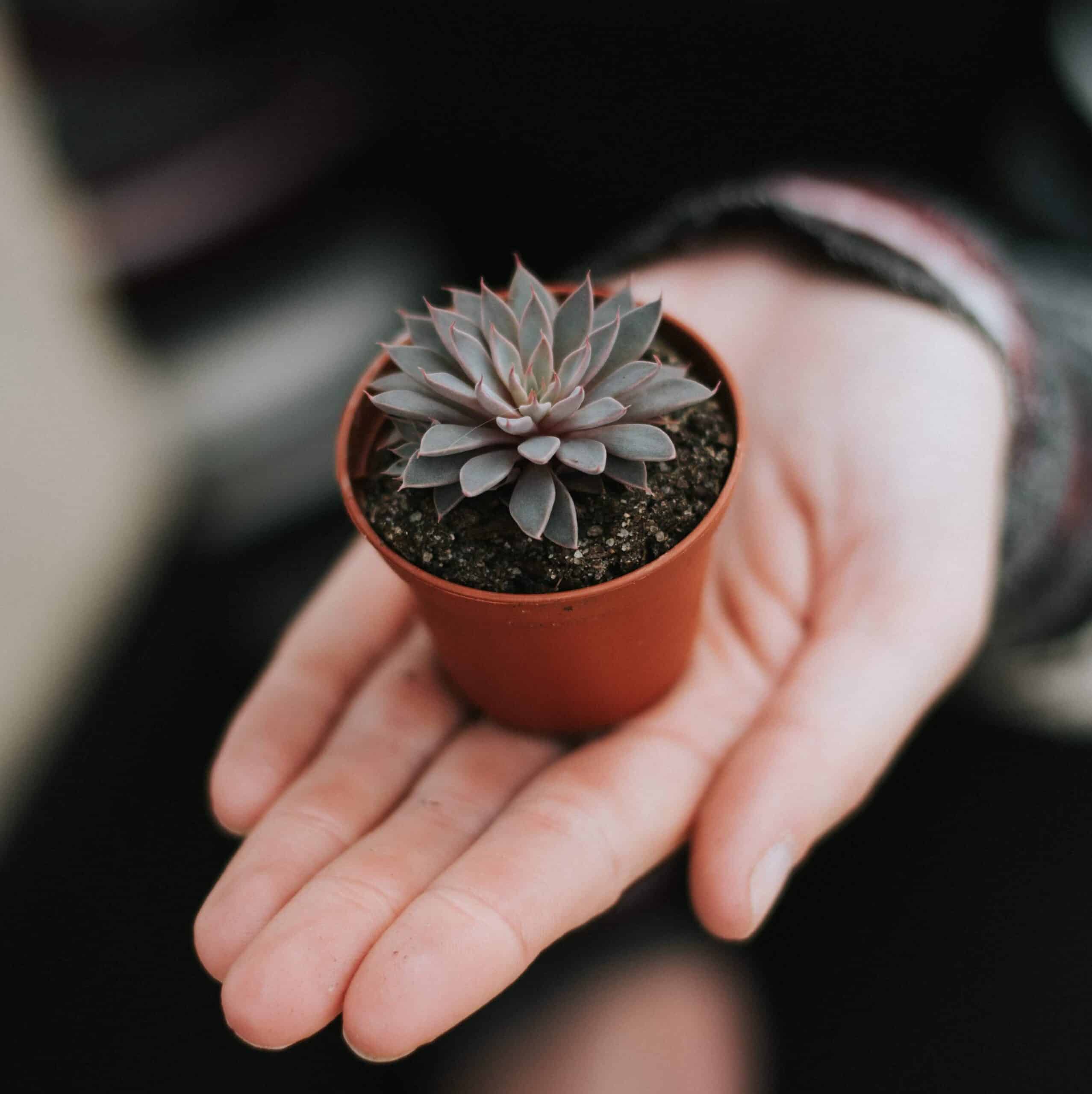
Cold temperatures, on the other hand, can kill your plant in a few nights! You should bring your plant inside if the temperatures are getting low. That said, since this is an article on how to revive a succulent, let’s just assume you didn’t do that.
So, what if you left your plant outside and it froze?
Well, in that case, your succulent is in dire straits. The longer it’s been frozen, the lower chance it has of surviving. Should you find yourself in this situation, the first thing you need to do is bring the plant indoors.
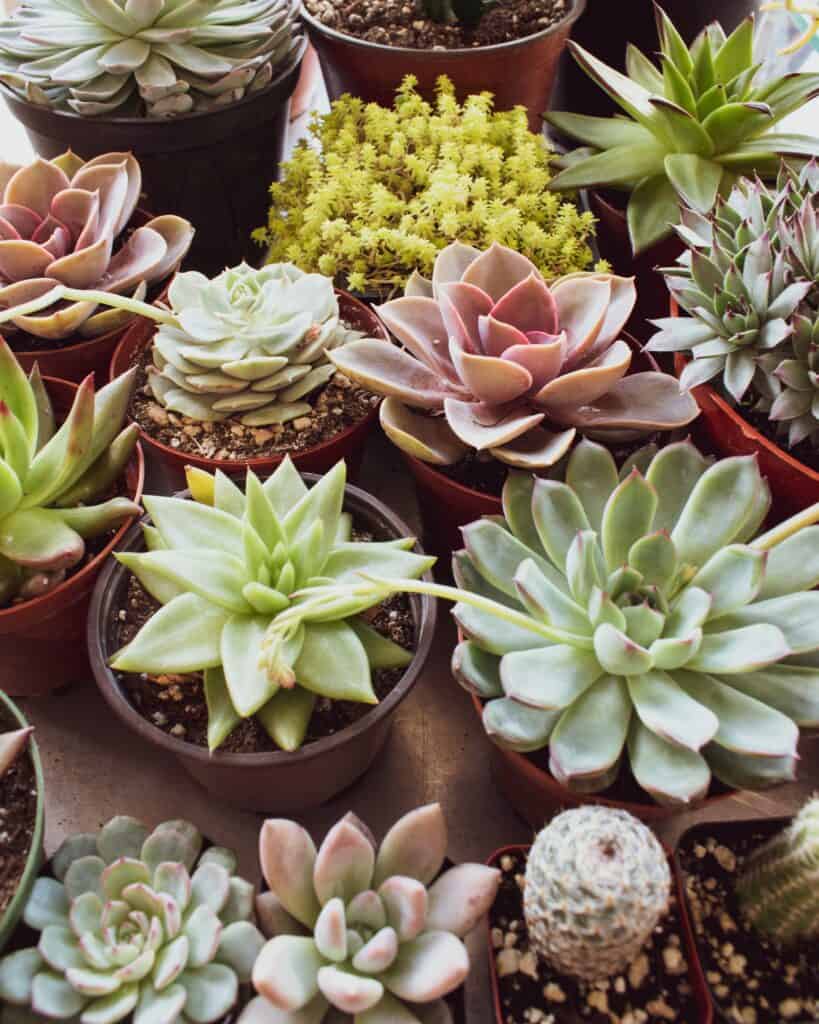
Once placed in a warm room, you can trim off any damaged leaves and melt any ice crystals on the plant. From here, just leave it alone for a few days. Avoid watering it during this time period.
With a bit of luck, your plant will start to recover. From here, you can start giving it water, although you’ll need to ensure not to overdo it.
Lighting is Critical for How to Revive a Succulent
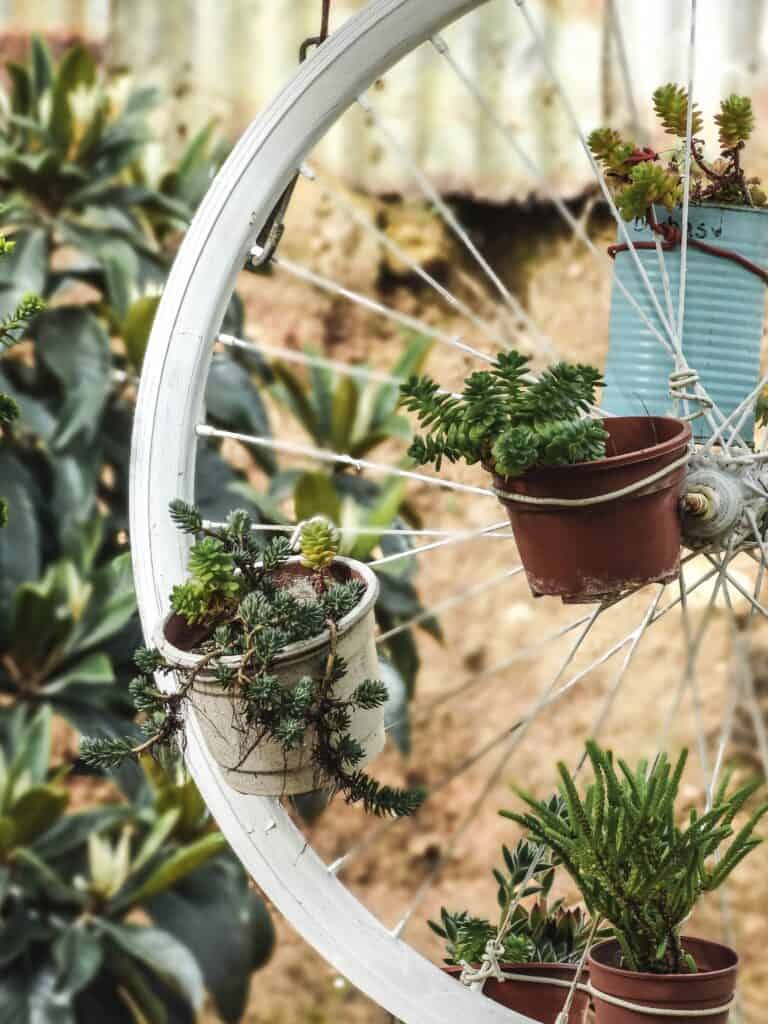
You should always research the lighting needs of your succulent. If you notice your plant is starting to stretch out, getting weaker and thinner as it goes, there’s a good chance it’s not getting enough sunlight.
Like most other steps in this how to revive a succulent, there’s an easy solution to this problem. Most likely, you’ll just need to move your plant to an area where it can receive more indirect sunlight.
If you keep your plants outdoors, consider placing a hummingbird feeder in the shade with your plants. I love this setup because it allows you to bird watch and enjoy your plants at the same time!
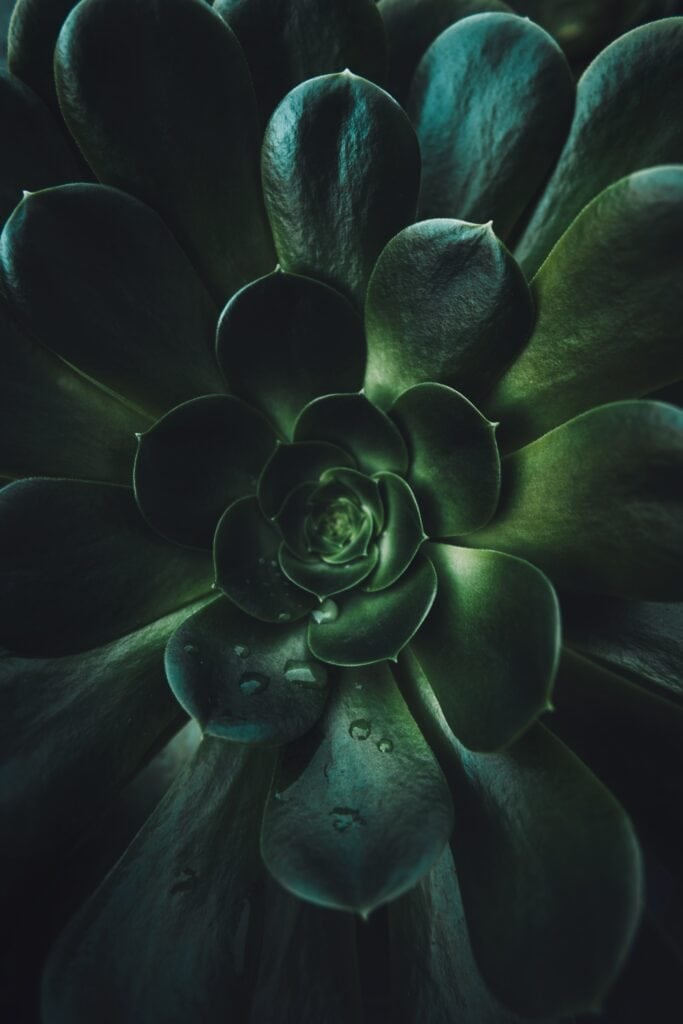
Of course, too little light isn’t always the issue. Sometimes, your plant is getting too much light! This can cause a number of issues, mainly stemming from the additional heat not allowing your plant(s) to retain much moisture.
Fortunately, the fix for this is also simple. If your plant is indoors, consider moving it or hanging drapes to limit light exposure. For outdoor plants, moving them or installing some sort of covering is ideal.
For outdoor plants, consider this portable greenhouse!
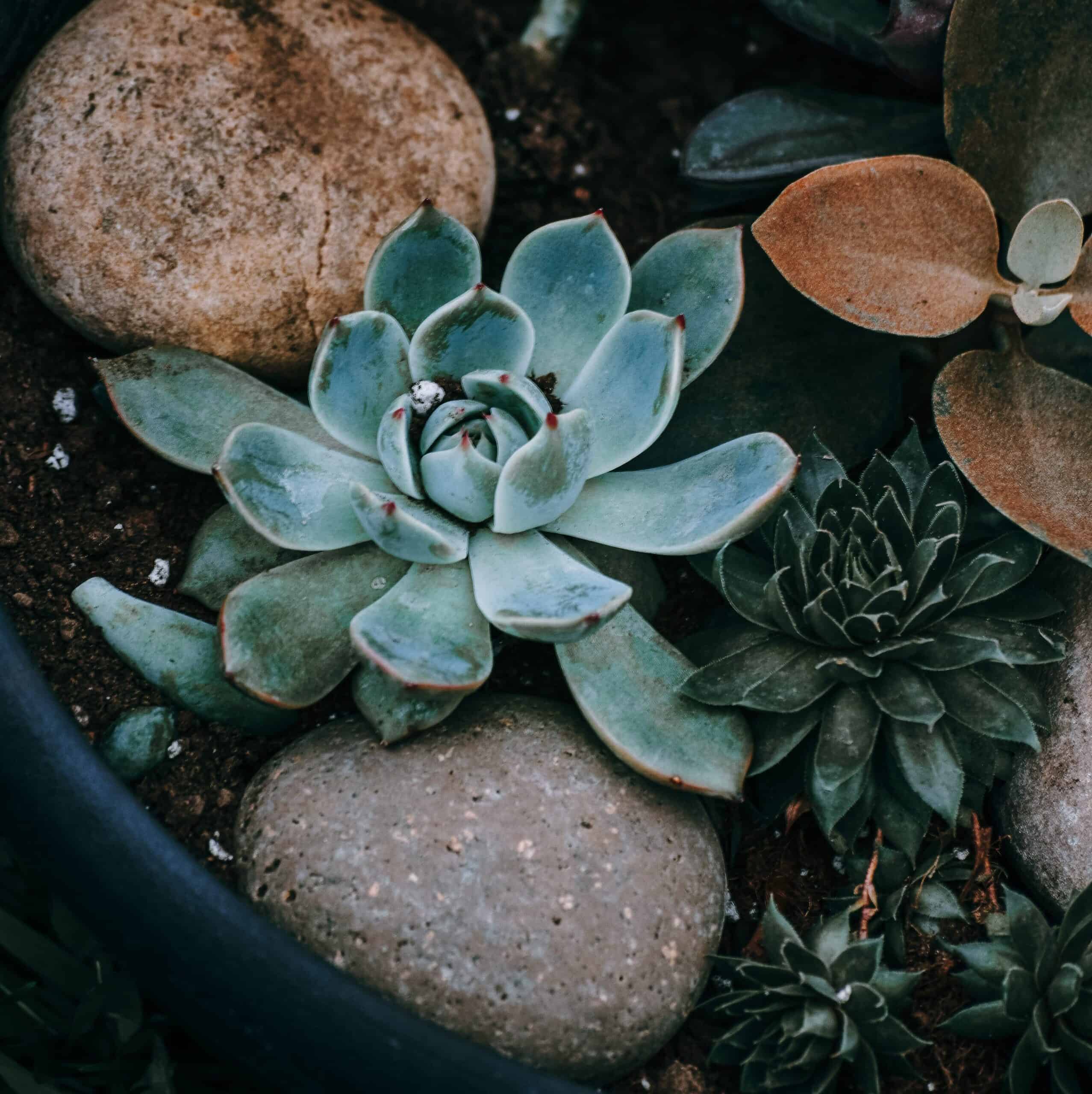
If your plants have already been damaged by the sun, you’ll need to take some steps to limit the damage. After providing sufficient protection from the sunlight, use scissors to remove any severely darkened or blackened leaves.
For sunburned leaves, apply Aloe Vera to the leaves themselves. This will help them heal, preventing them from having to be removed later on. After this, just keep up with your normal care routine and your succulents should be healed in no time!
Setting Your Succulent Up for Success
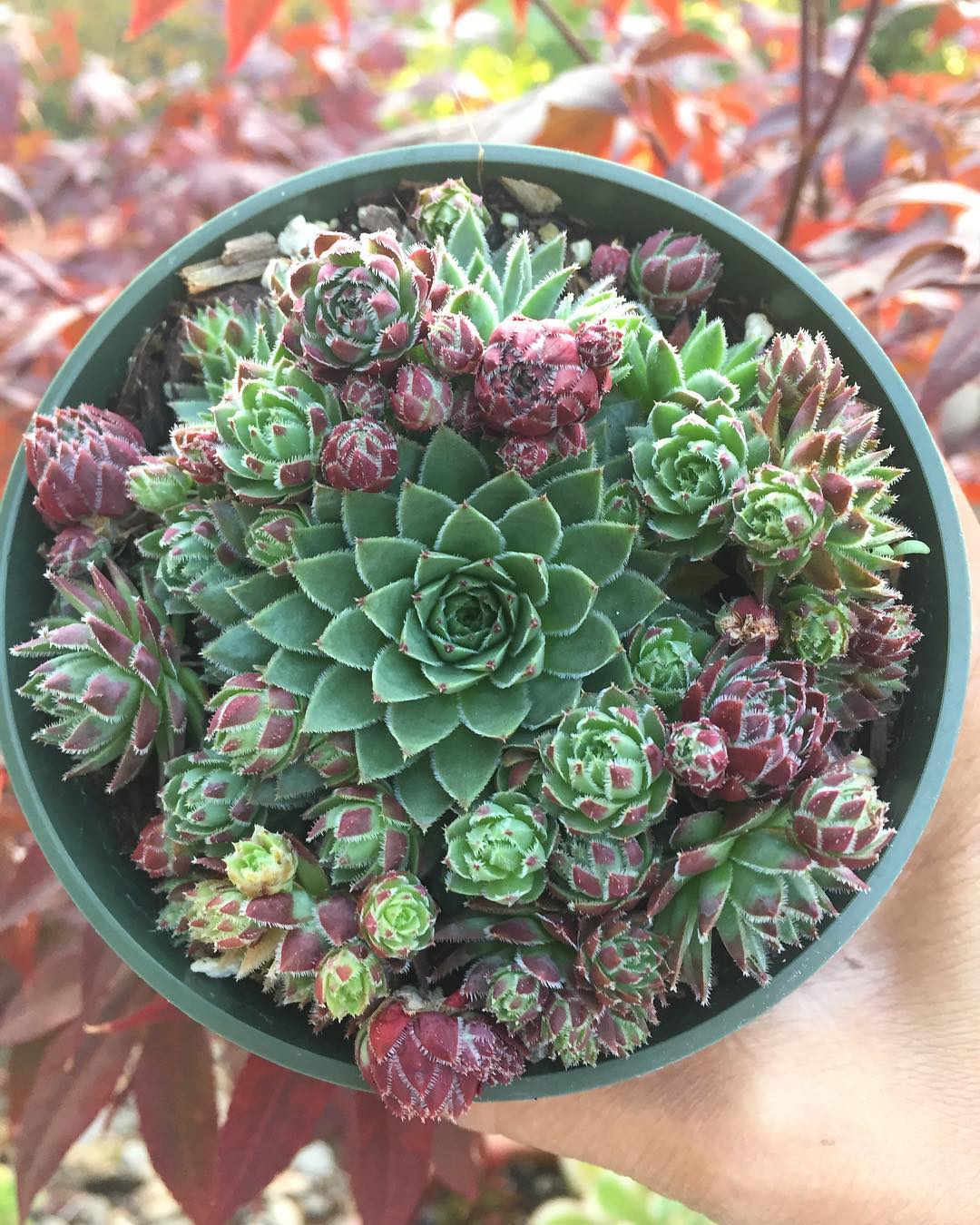
If you want to avoid having to look up how to revive a succulent in the future, it’s a good idea to set your succulents up for success from the get-go. For healthy leaves and beautiful plants moving forward, a proper replanting session may be in order!
You can safely replant your succulents as long as they’re in healthy condition, although you shouldn’t do so more than every two years. For maximum efficiency, consider repotting alongside other projects, such as a complete bedroom makeover or when you’re placing new plants.
Here are the factors you’ll want to consider when repotting your plants.
Soil Types

Succulents need well-draining soil. Without it, you may run into root rot issues! You can buy pre-mixed solutions like cactus soil if you want an easy solution, but making your own mix could be a fun option. To do so, you’ll need equal parts of coarse sand, a well-draining potting soil, and perlite.
Space Requirements
It’s important that both your old and new plants have enough space to expand their roots. While having a bunch of succulents growing closely can look amazing, it’s not ideal for the plants themselves.
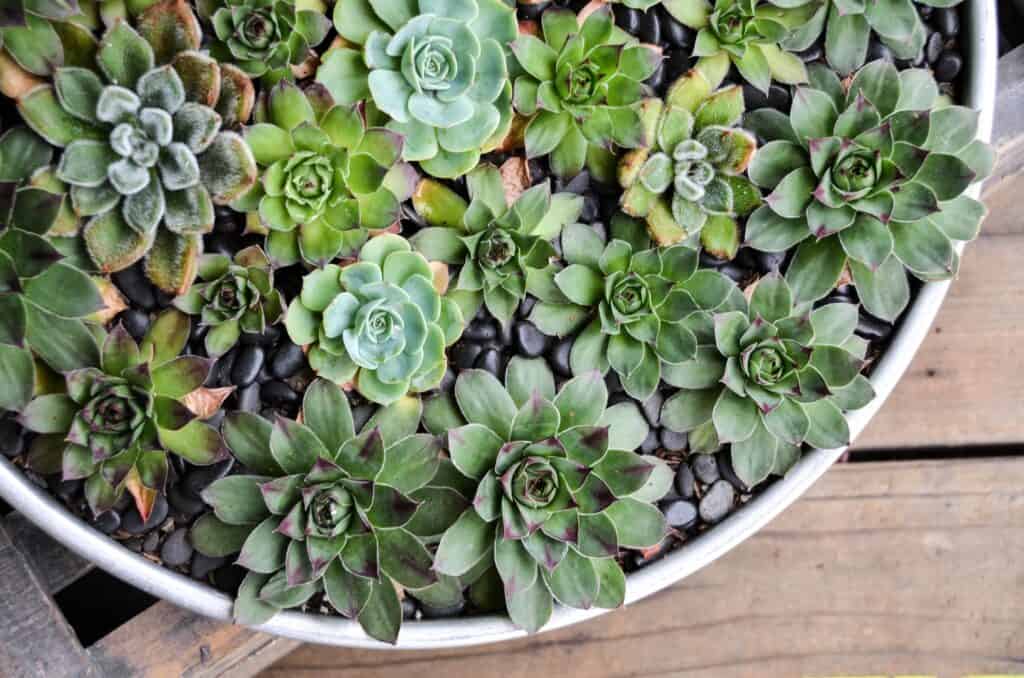
As such, I suggest ensuring your plants have a minimum of two to three inches between each other. If keeping them close together is an important part of your aesthetic, consider placing the properly spaced plants together on a small shelf like this one.
This will allow you to keep the look you’re after, without limiting the growth of your plants themselves. If they still look spaced apart once you’ve arranged them, don’t worry. The plants will begin to appear closer together as they grow new leaves.
Drainage
As mentioned above, having a suitable pot with good drainage is key to the long-term health of your succulent! Not having sufficient drainage will cause a backlog of water to form.
Although the water likely won’t be visible at the base of the plant, you’ll definitely notice it’s there once you end up with unsightly, mushy leaves on your succulent! Solve this problem ahead of time by purchasing a pot with drainage holes, or drilling ones into the pot you plan on using.
Other Potential Problems and How to Solve Them

There are a few other issues we haven’t mentioned yet, and—hopefully—they’re ones you won’t run into. Even so, I think it’s important to mention, so let’s quickly go over how to address them.
First up is fungal disease. If you notice a black, brown, or white buildup on the exterior of your plant, it may be suffering from a fungal disease. Having a fungicide on-hand can help you treat these potential issues right away, so I recommend picking one up if you haven’t already.
Unfortunately, there are many different types of fungal diseases. As such, there isn’t a single solution for every issue you may run into. If you’re having issues with fungal disease, I recommend checking out potential treatment solutions here.
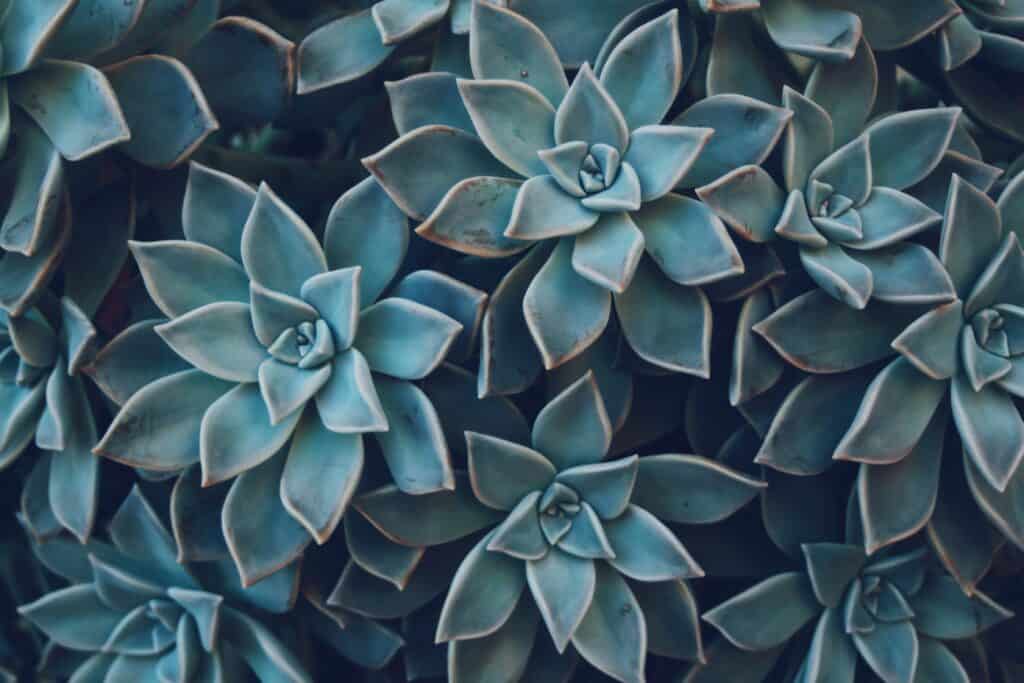
Another issue you may run into is fungus gnats. Seeing these tiny black and grey bugs isn’t a great sign as they can damage your plant. However, their presence alone indicates another issue as well: overwatering!
To directly address the issue, you’ll want to treat your plants using insecticidal soap. Once that’s done, you can use a diluted anti-larval killer to prevent the fungus gnats from reproducing.
A Simple Summary of How to Revive a Succulent
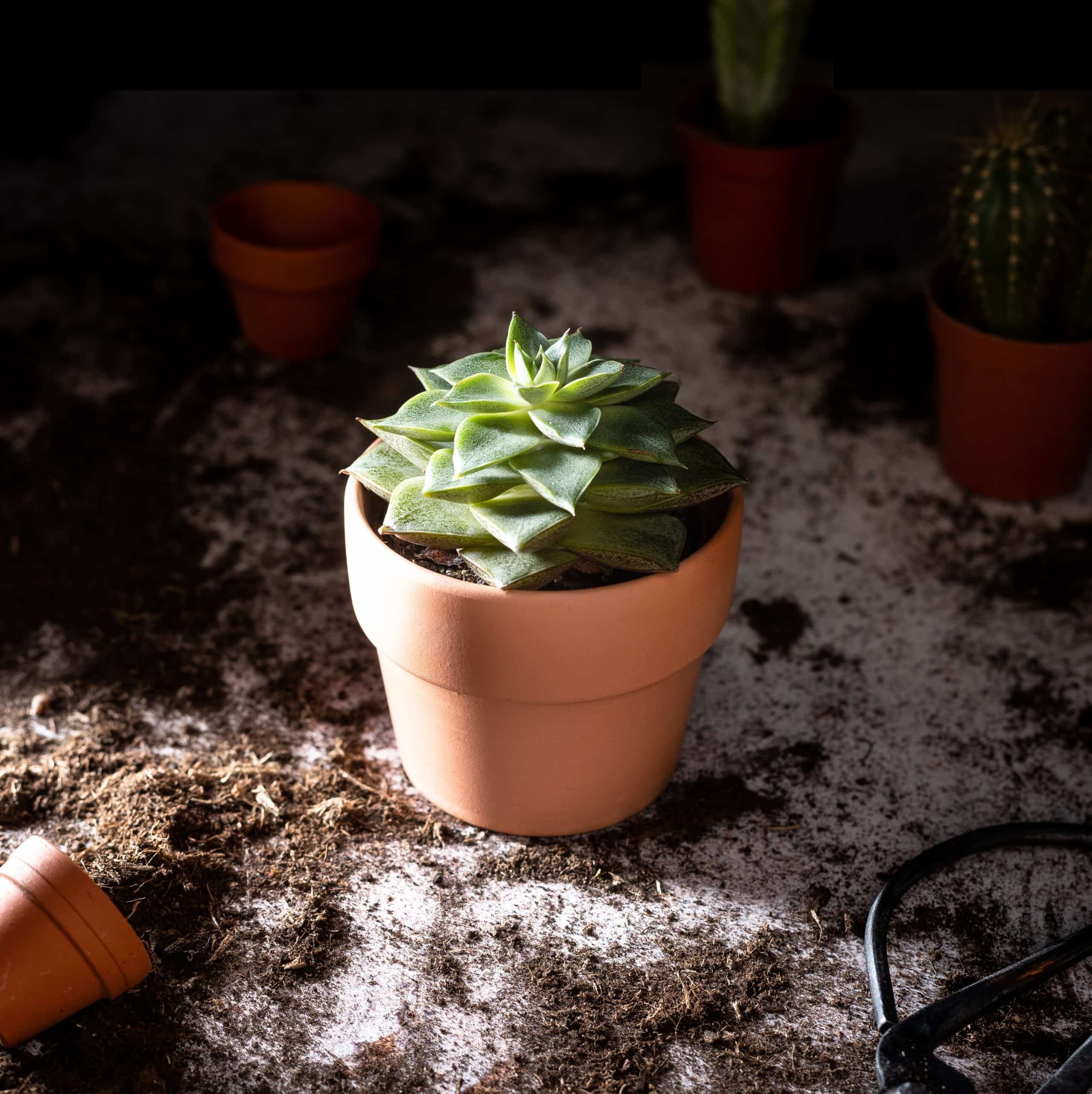
Water, placement, and potting: these are the three main factors you’ll need to keep track of if you want to revive and take proper care of your succulents! They might be hardy plants, but that definitely doesn’t mean you can just do whatever you’d like.
Just as with any other houseplant, each succulent will require personalized care if you truly want it to live its best life. The good news? Even with a personalized approach, taking care of succulents isn’t hard, and—trust me—the outcome is rewarding!
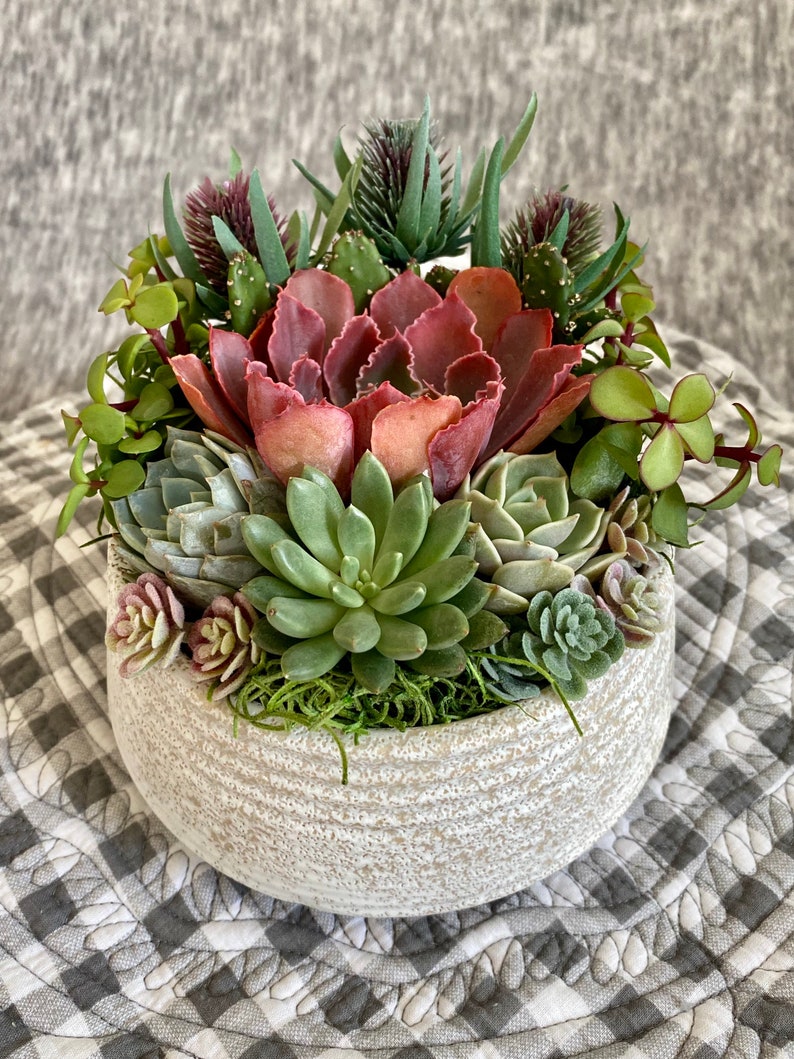
Whether you have one succulent sitting solo on a shelf or dozens spread around your home, I’d love to hear about them. Let me know about your succulent success stories in the comments below, or connect with me over on my Instagram page.
I can’t wait to hear all about them!
Frequently asked questions about how to revive a succulent
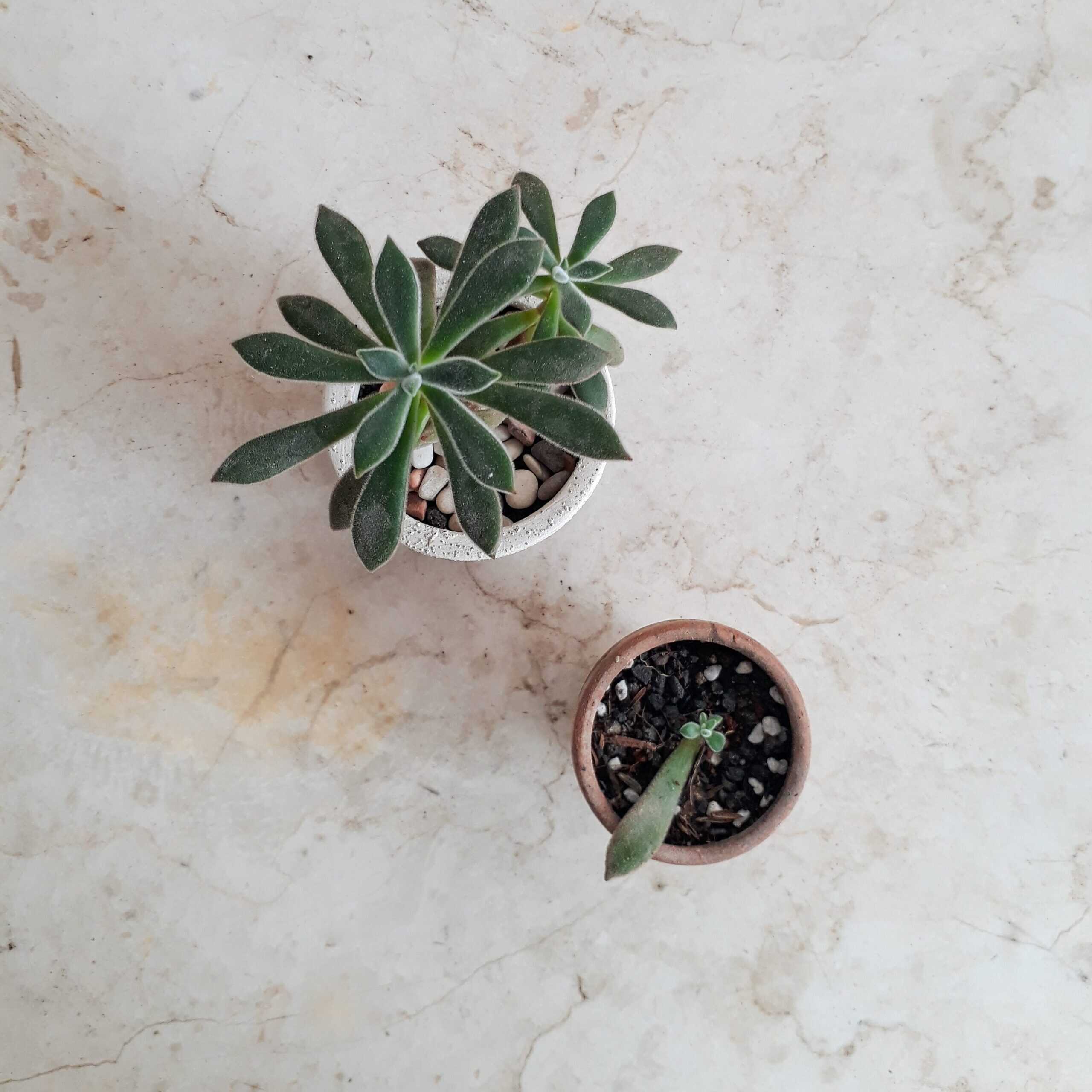
What do overwatered succulents look like?
There are a couple of things to look out for on your succulent leaves. If the leaves seem mushy, droopy, wilted, discolored, or translucent, your plant is probably being overwatered. Don’t forget to keep an eye out for root rot, as this is a definite indication of too much water!
How do you fix a droopy succulent?
First, cut off any rotting roots or stems to prevent the rot from spreading. Next, repot the plant using fresh soil and place it back in its original location. Avoid watering it until the leaves begin to pucker, and adjust your watering schedule as needed moving forward. Alternatively, simply reducing the water may solve the issue if there isn’t any root rot to speak of.
Why are my succulents suddenly wilting?
There are a number of different reasons this could be happening, but the easiest to identify is low temperatures. Assuming you’ve crossed this possibility off the list, overwatering and underwatering are the next two most likely culprits. Adjust your watering schedule as needed. Should none of these solutions solve the problem, inspect your plant for bugs and ensure it’s getting proper sunlight.
How long does it take an underwatered succulent to recover?
It depends on how underwatered your succulent is, but generally, you can expect the plant to recover in three to four days at a minimum.
Should you remove wilted succulent leaves?
Yes! Leaving dead leaves will make your plant more prone to rot and disease, and pests while limiting air circulation. Don’t worry simply because your plant has wilted leaves though. The lower leaves will die first, making room for new growth later on. As long as your plant is healthy overall, wilted leaves don’t pose an issue.


